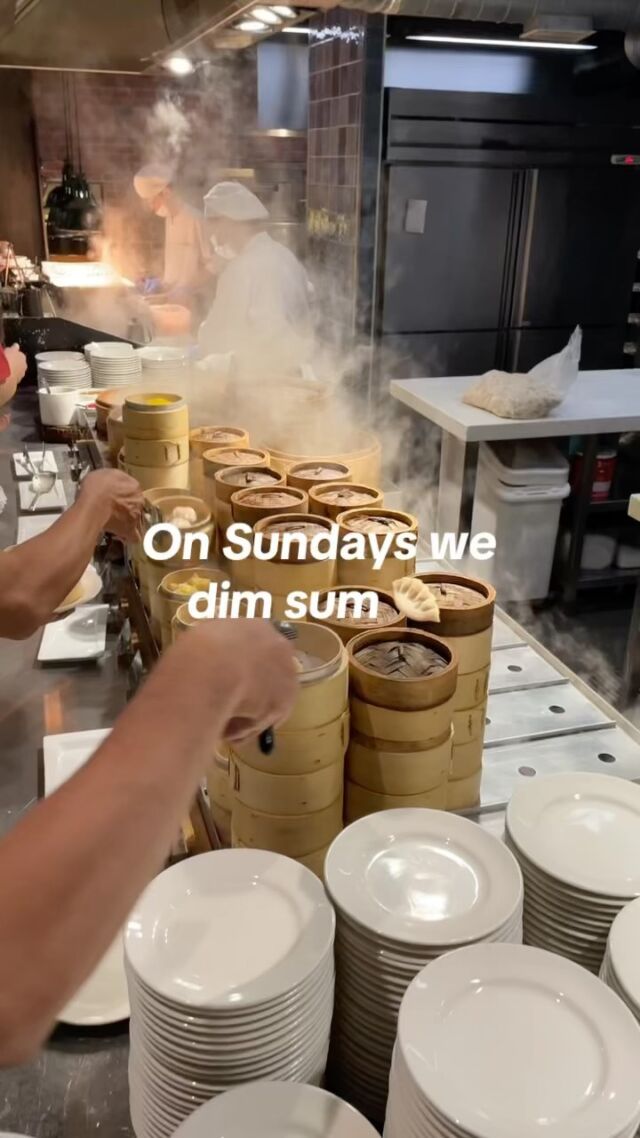Plastic has infiltrated every aspect of our lives, especially our kitchens. And with rising concerns about microplastics found in our bodies (brain, heart, kidney, liver and even lungs), it’s natural to feel overwhelmed. While the long-term health effects are still being studied, the presence of these foreign substances is undeniably troubling. But don’t worry, you don’t need to overhaul everything at once. Small, consistent changes make a real difference. Today, I’m sharing 3 simple kitchen swaps to help you reduce plastic and create a healthier cooking space.
Kitchen Swap #1: Glass Storage
Glass storage is my top recommendation for a plastic-free kitchen. It’s an easy and impactful swap for plastic containers and bottles. You can find glass containers with airtight lids in all shapes and sizes, or repurpose mason jars, which also double as versatile drinking glasses. While I’m still searching for my perfect glass water bottle, that’s another excellent swap to consider.
There are so many benefits to switching to glass. It’s versatile, non-toxic, and won’t leach chemicals into your food. It also won’t stain the containers, or retain any smells. Glass is also easily recyclable and maintains its quality through repeated use, making it an eco-friendly and health-conscious choice. I especially appreciate that glass containers are microwave and steam-safe. When microwaving, I cover the food with a damp paper towel to prevent splattering. For steaming, I rely on my Tatung cooker, a stainless steel favorite and another great kitchen swap. It’s the perfect way to cook food.
Glass storage recommendations:
- For easy on-the-go meals and leftover storage, these airtight glass containers are my top pick. They’re convenient for safely reheating. I also love this set of 10 containers they come in 2 different sizes. If you need smaller sizes, these OXO containers are excellent. Their variety makes them perfect for portion control or storing smaller items. But also honorable mention for the round glass containers, and they come with extra lids!
- For a more organized pantry, explore glass containers with bamboo airtight lids. They’re perfect for flour, dried goods, and snacks. If you prefer a uniform look, these 27 oz glass containers offer consistency.
- A classic choice are mason jars , they can used for food storage, or even as drinking glasses. I find that larger cups help me stay hydrated. Another option for jars, would be these glass overnight oats containers – which you can store other food items in, and take to go.
- There aren’t many glass water bottles but I did find a few amazing options. I have one’s similar to this set of 6, and they also come with nylon protective sleeves. And I’m in love with these 32 oz gorgeous glass bottles.
Kitchen Swap #2: Stainless Steel Cookware & Utensils
For a durable and toxin-free kitchen, I highly recommend switching to stainless steel pots, pans, cookware, and utensils. Stainless steel is an excellent plastic-free alternative, known for its incredible durability, corrosion resistance, and ability to keep your food free of leached chemicals. At home, I’ve prioritized stainless steel cookware and appliances, and I use stainless steel chopsticks and spoons daily. They’re significantly easier to clean than wooden utensils and built to last for years.
Upgrading from non-stick and Teflon cookware is a crucial step in reducing plastic and potential toxins in your kitchen. These coatings have the potential to leach harmful chemicals into your food, especially when the pans are scratched. Damaged non-stick surfaces can release even more toxins and, for food safety reasons, increase the risk of bacterial contamination.
Stainless steel recommendations:
- Pots, and pans specifically are investments for your kitchen. They last a longtime and I select brands that are more reliable, and have a good track record, because quality stainless steel is important here. This 7 piece set is a great way to ease into using stainless steel. If you’re ready to fully swap your entire kitchen this 11 piece set is what I would recommend because it covers all your bases. Low key these also make really great housewarming gifts!
- Stock pots are really great, because we love making bone broth, and its great for making all types of dishes. I also love the glass lid, so you can see what you’re cooking.
- Steaming foods is another way to make your meals healthier. And you can use this stainless steel steamer to do that, you just place it in your pot of boiling water.
- We also can’t forget swapping our cooking utensils for stainless steel. This set is a complete set and its all under $70 when its on sale! There are also serving spoons in stainless steel that can also be used for dinners and cooking.
- I also can’t forget stainless steel water bottles, I sometimes don’t like them because the lower quality bottles might give the water a metallic taste, so be wise on which bottles you purchase. There are so many brand but our top picks are: hydroflask, Stanley, odwala, and Zojirushi.
Kitchen Swap #3: Wooden cutting boards
Wood and bamboo offer natural alternatives to plastic throughout your kitchen. They make excellent cutting boards, serving trays, and utensils. For cutting boards, wood is often preferred over plastic. Wooden boards possess natural antimicrobial properties and are gentler on your knives. I recommend keeping separate boards for meats and non-meat items (fruits and vegetables). If you’re still using plastic cutting boards, inspect them regularly for deep cuts. These cuts can harbor bacteria, increasing the risk of E. coli and salmonella, and contribute to microplastic contamination over time.
“Wooden cooking and eating utensils are another valuable swap. They’re durable, aesthetically pleasing, and a sustainable choice. Unlike plastic, wood won’t leach harmful chemicals into your food. Look for utensils made from sustainably sourced wood and care for them properly to ensure their longevity.
Wooden recommendations:
- One single Acacia wood cutting board that’s a medium size, high quality and under $30.
- Set of 3 thick wooden bamboo cutting boards. It’s nice to have separate boards for cooking different items. These can double as cutting boards, or as charcuterie serving boards. They are thick, and have a cutout underneath to easily pick it up. (Also they’re from a small business).
- Love a smaller cutting board that can also double as a charcuterie board. Also love the natural wooden features of this thicker cutting board which can also be used as a charcuterie board.
- Wooden kitchen utensils set is another alternative for cooking, especially with the black plastic spatulas. This set also makes a great gift. It’s time to replace them with wooden ones. There are so many options like this set of 2 wood spatulas, or these bamboo toast tongs. You can slowly incorporate what you need.
- Food Safe Mineral Oil for Wooden boards, cutting blocks and knives. It helps to restore and protect your wooden, and stainless steel kitchen items.
These simple non-plastic kitchen swaps can have a significant positive impact on our health. In a world filled with conflicting information and fear-mongering about food, this isn’t about adding to the noise. It’s about taking control of our own environment and making mindful shifts in our homes and kitchens. Remember, these changes don’t need to happen overnight. Evaluate what you have, and gradually incorporate these swaps into your routine. It took me years to make these transitions, and now, I find peace of mind in knowing I’m making better choices where I can.








